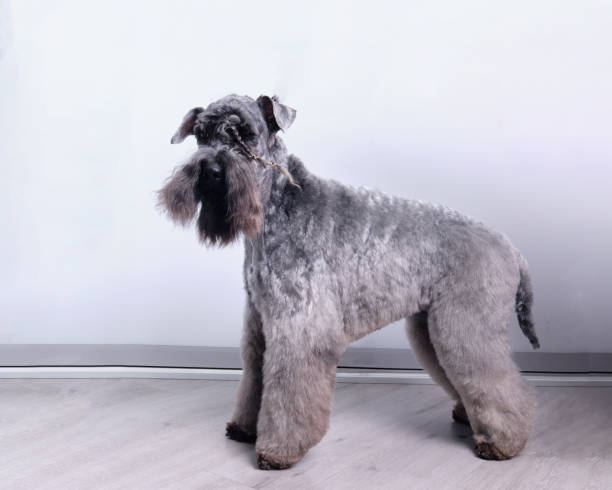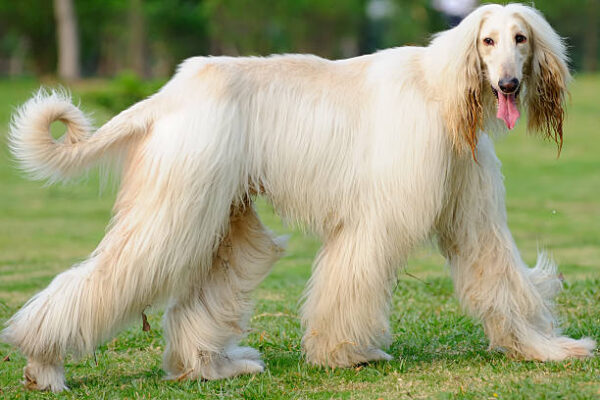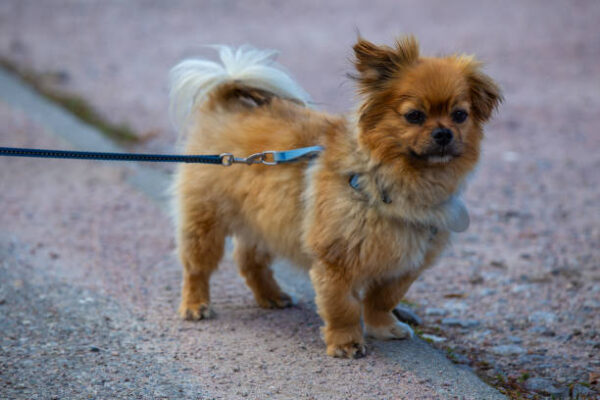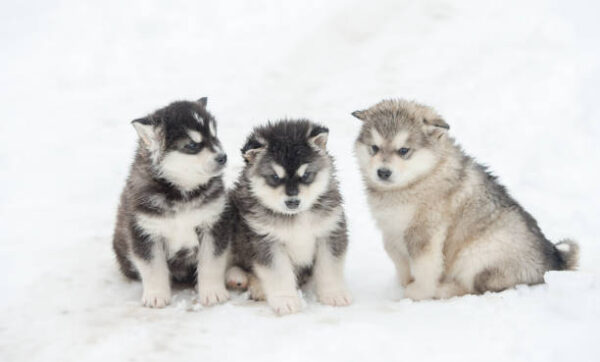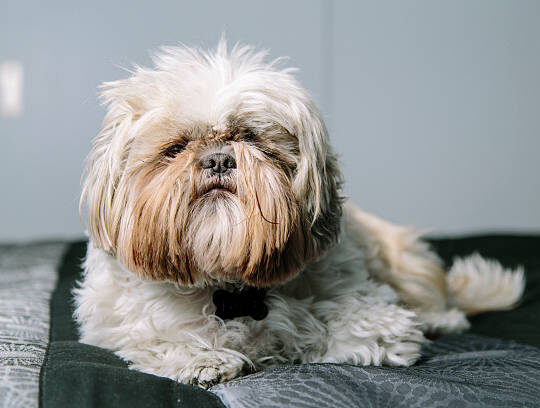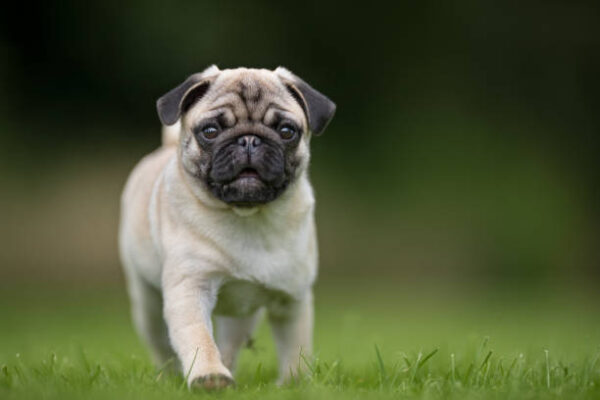Your cart is currently empty!
Kerry Blue Terrier
Kerry Blue Terrier Place of origin and colour of coat give the breed its name. The Kerry Blue terrier was used to cull rats, and was adept in hunting in rivers to kill otter. Like most breeds, the origins of the breed are disputed, but there are records of a black/blue type of dog native […]
Description
Kerry Blue Terrier
Place of origin and colour of coat give the breed its name. The Kerry Blue terrier was used to cull rats, and was adept in hunting in rivers to kill otter. Like most breeds, the origins of the breed are disputed, but there are records of a black/blue type of dog native to Kerry another example of a ‘type’ of dog with local popularity being developed and it is thought that this might be the basis for the development of the breed as we know it today
First shown in Ireland in 1913 as as Irish Terrier (Blue), the name Kerry Blue Terrier was used for the first time in 1916 at a dog show in Killarney, County Kerry. The breed was recognised by The Kennel Club in 1922.
Interestingly the puppies are born black changing to shades of blue by around 18 months of age. Its coat is silky in texture. Despite the glamour of its coat and colour, the Kerry retains his feisty terrier spirit.
General appearance
Upstanding, well knit and proportioned, well-developed and muscular body.
Characteristics
Compact, powerful Terrier, showing gracefulness and an attitude of alert determination, with definite Terrier style and character throughout.
Temperament
Disciplined gameness.
Head and skull
Well balanced, long, proportionally lean, with slight stop and flat over the skull. Foreface and jaw very strong, deep and punishing; nose black; nostrils of due proportion.
Eyes
Dark as possible. Small to medium with keen Terrier expression.
Ears
Small to medium and V-shaped; carried forward but not too high.
Mouth
Gums and roof of mouth dark with perfect, regular scissor bite, i.e. upper teeth closely overlapping lower teeth and set square to the jaws.
Neck
Strong and reachy, running into sloping shoulders.
Forequarters
Shoulders flat as possible with elbows carried close to body while standing or moving. Legs straight, bone powerful. Front straight, neither too wide nor too narrow.
Body
Short-coupled with good depth of brisket and and well-sprung ribs. Deep chest. Topline level.
Hindquarters
Large and well developed, stifle bent and hocks close to ground giving perfect freedom of hind action.
Feet
Round and small. Nails black.
Tail
Previously customarily docked.
Docked: Set on high and carried erect.
Undocked: Set on high of moderate length to give an overall balanced appearance. Thick at the base and evenly tapering to tip, straight as possible and carried jauntily. An excessively gay or curled tail undesirable.
Gait/movement
Free and powerful. Forelegs and hindlegs moving straight and parallel, stifles turning neither in nor out.
Coat
Soft and silky, plentiful and wavy.
Colour
Any shade of blue with or without black points. Tan permissible in puppies, also a dark colour up to the age of 18 months. A small white patch on chest should not be penalised.
Size
Ideal height: dogs: 46-48 cms (18-19 ins) at shoulder; bitches slightly less. The most desirable weight for a fully developed dog is 15-17 kgs (33-37 lbs), and bitches should weigh proportionately less, but 16 kgs (35 lbs) is the most desirable weight to aim for.
Faults
Any departure from the foregoing points should be considered a fault and the seriousness with which the fault should be regarded should be in exact proportion to its degree and its effect upon the health and welfare of the dog and on the dogs ability to perform its traditional work.
Note
Male animals should have two apparently normal testicles fully descended into the scrotum.
